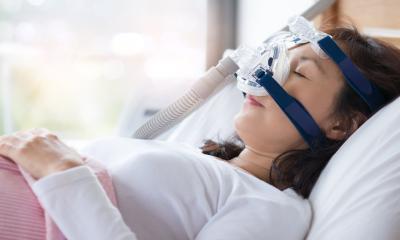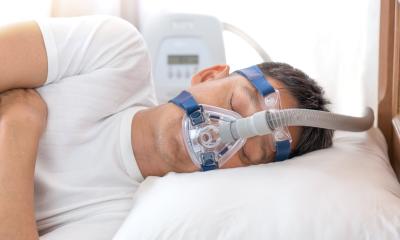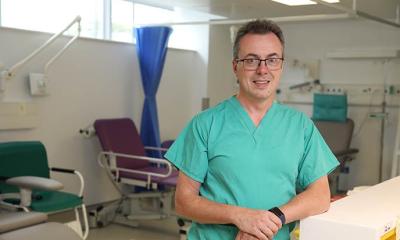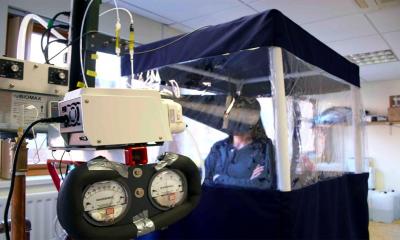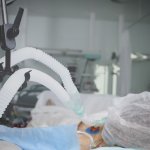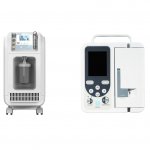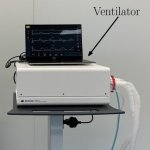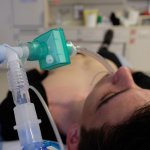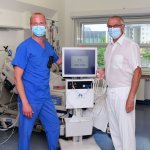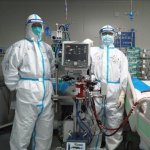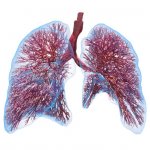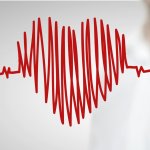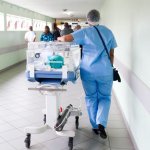
News • More nurses, less ventilation and medication
A new approach to improve outcomes for critically-ill children
A major UK clinical trial led by Queen’s University Belfast has shown how a new approach to reduce the use of mechanical ventilation can greatly improve outcomes for critically ill infants and children. The study, funded by the National Institute for Health Research (NIHR) Health Technology Programme, found that a greater involvement of nurses, minimising sedation use and increasing daily…



